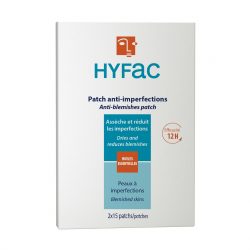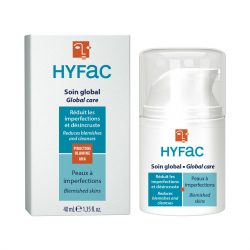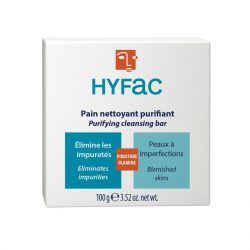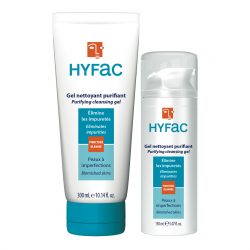
Understanding acne better to treat it better
What is "blemished skin"?
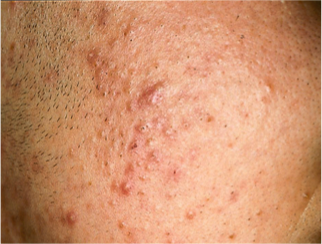
This is the term used in cosmetology to designate a acne-prone skin.
Acne is characterized by oily (seborrheic) skin, the appearance of blackheads (comedones), and "pimples" (inflammatory lesions: papulo-pustules). Acne is a chronic disease of the adolescentThe disease evolves in flare-ups.
It is certainly a common disease, since 80% of teenagers suffer from acne at the time of puberty, but it is not for all that to let us give in to fatality. It is important to be vigilant because not only will untreated acne last longer, but it can also leave permanent scars.
What is juvenile acne?
Acne is a sebaceous gland diseaseThe sebaceous gland is a small gland in the dermis responsible for the production of sebum. Sebum is released from the pores of the skin (a cavity in the skin containing a hair follicle and a sebaceous gland), giving it its oily character. This mechanism of sebum secretion is called the seborrhea. The sebaceous glands are very numerous on the face, back and chest.
Juvenile acne involves :
- Retentional lesions:
- Closed comedones (microcysts), which are small horny plugs mixed with sebum that block the pores of the skin.
- Open comedones (blackheads)
The formation of comedones is the consequence of the hyperkeratinization of the pilosebaceous follicle. There is an increase in the proliferation of keratinocytes (epidermal cells) leading to the retention of sebum by obstruction of the follicle.
- Inflammatory lesions:
- Papules (" red "inflammatory" spots)
- Pustules ("white inflammatory "pimples)
Acne occurs on the face but also on the chest and back, particularly in boys. It generally appears at puberty, earlier in girls, and evolves in flare-ups. It often disappears (but not always) after the age of 20. Some forms of acne are particularly severe, combining nodules (deep pimples) and cysts.
How does acne develop?
The mechanism of acne formation is well known today. It is the target of treatments used both in cosmetology and in drug therapy.
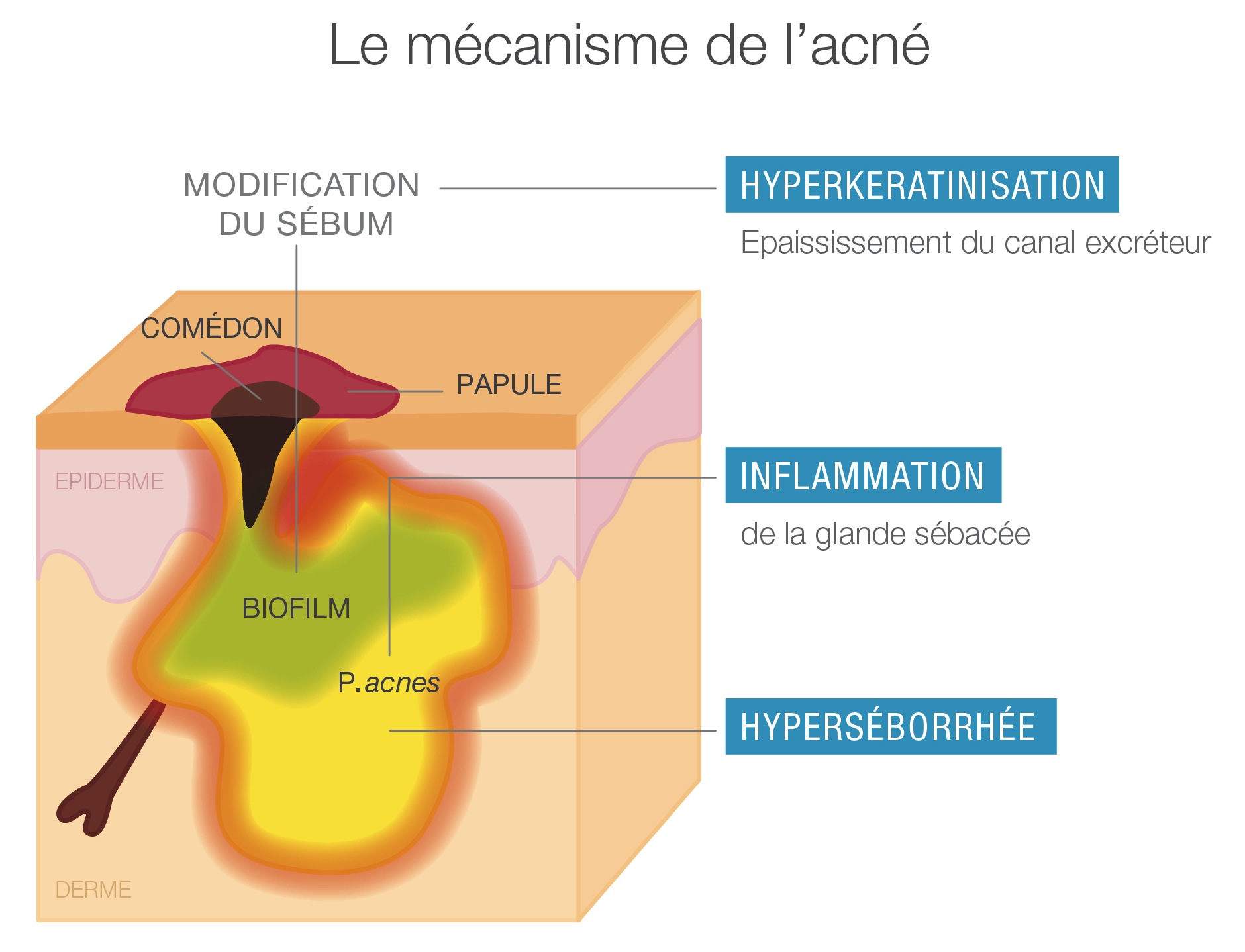
Increased sebaceous gland activity which increase in volume and secrete more abundant and poor quality sebum. The skin then becomes oily and shiny, especially on the T-zone (wings of the nose, chin, forehead). The skin is sometimes drier on the rest of the face. combination skin. The hormones of puberty are responsible for this important seborrhea. It is at this time that the activity of the sebaceous gland becomes more important, stimulated by the increase of hormones in the body.
Formation of blackheads (blackheads): The skin's pores become clogged with blackheads. keratin (the substance that protects our skin on the surface of the epidermis), which accumulates at this level and mixes with the sebum. You can see this horny plug by squeezing a blackhead (which, of course, you shouldn't do!).
Inflammation of the sebaceous glands themselves. This inflammation is caused by a small microbe (called a P.acnes) which lives naturally in the sebaceous glands and which takes advantage of the increase in its activity to multiply. The P.acnes is the key player in the formation of acne. In addition to its ability to promote hyperkeratinization and modify sebum, it is the trigger for inflammation.
What factors contribute to acne?
The hormones of puberty are responsible for the appearance of acne, but there are other contributing factors:
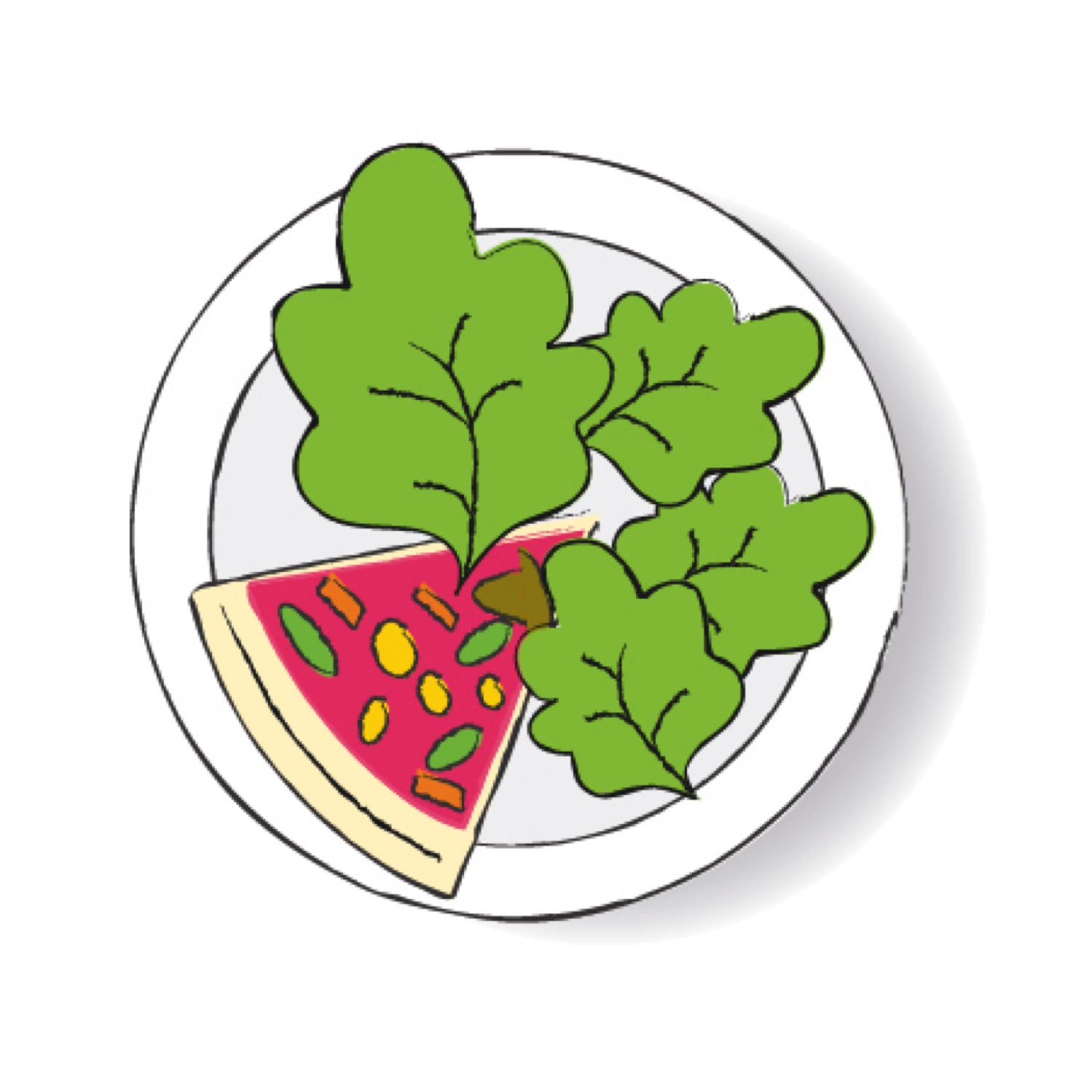
Power supply Foods with a high glycemic index (sweets, chocolates, cakes, etc.), but also dairy products, rapidly increase the blood sugar level. This increase in insulin levels will induce a secretion of androgens and thus stimulate the sebaceous gland, which will produce more sebum. Finally, saturated fatty acids are also harmful and aggravate acne by modifying the composition of sebum.
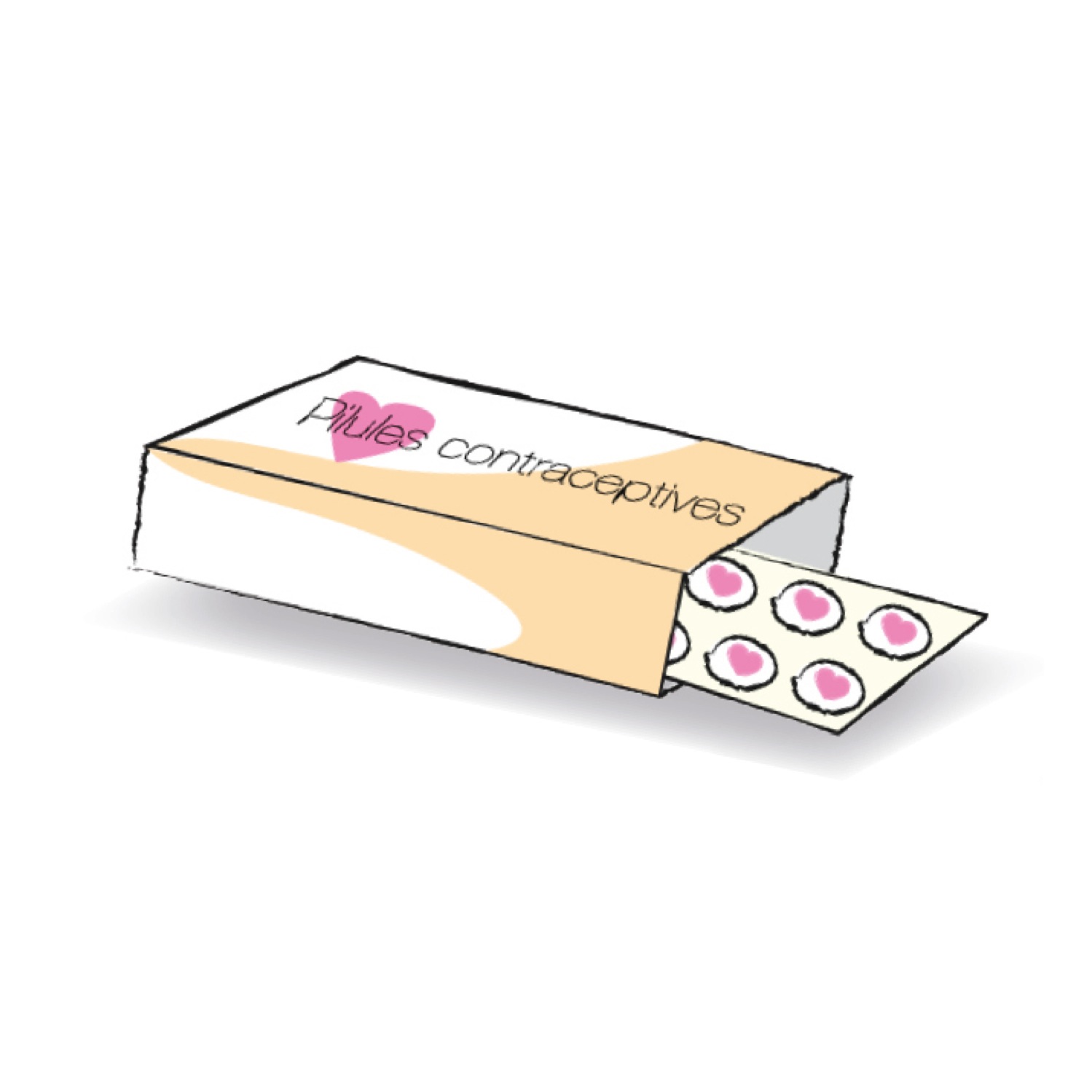
Contraception Androgenic hormones (male hormones) play a major role in the production and secretion of sebum. So, depending on the androgenic dose, some contraceptives will improve acne, others will worsen it. Only your doctor is in a position to advise you on the best contraceptive for you. contraception. If your acne worsens, your doctor can change it to the latest generation of pills, provided that you have no contraindications.
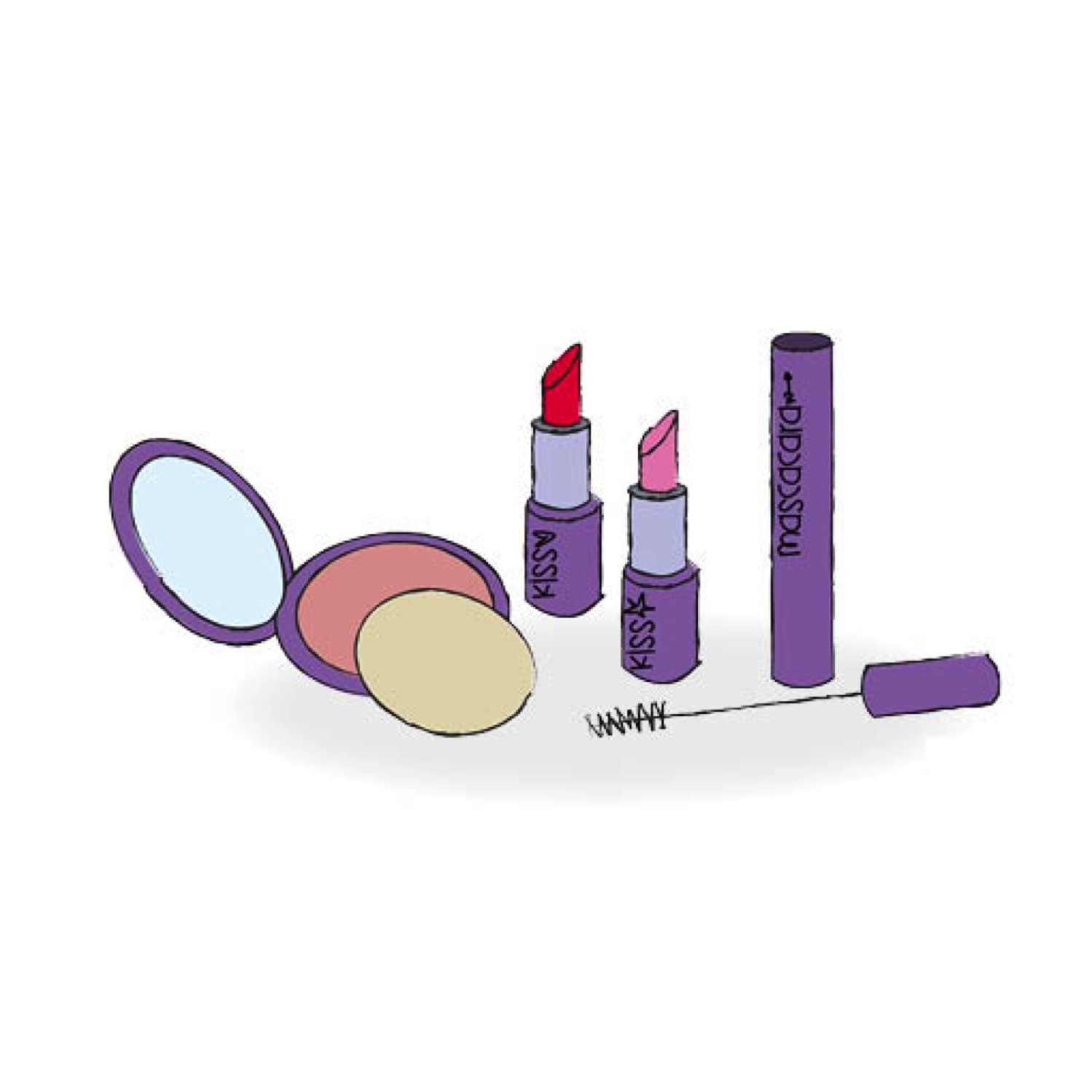
Make-up When you've got acne, make-up is your ally, helping you to camouflage your imperfections, as long as you follow a few rules. The foundations and powders you use must be oil-free and certified non-comedogenic, i.e. they must not encourage the formation of comedones (blackheads and white microcysts). Use a fluid foundation instead, as compact foundations are applied with sponges, which are veritable "bacteria nests". Go easy on powders, because even the right ones can still clog pores.
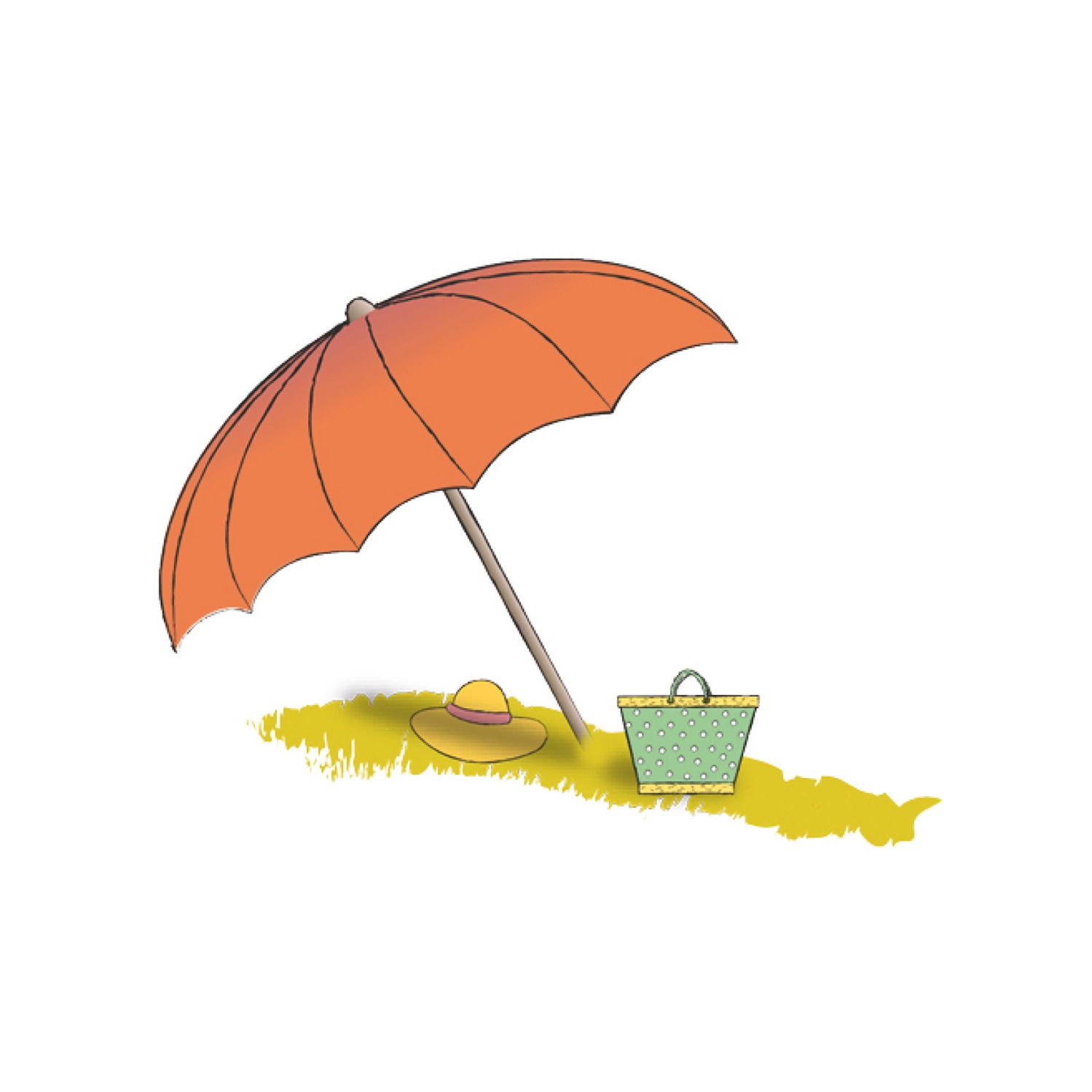
Sun : The sunlight dry out our skin and have an anti-inflammatory action; in summer, red spots and pustules tend to fade and the tan evens out our complexion. Nevertheless, the skin, attacked by the sun, will thicken. This hyperkeratinization will clog the pores and encourage the appearance of blackheads and microcysts. In addition, the sun risks pigmenting purple marks and acne scars, giving stains sometimes indelible.
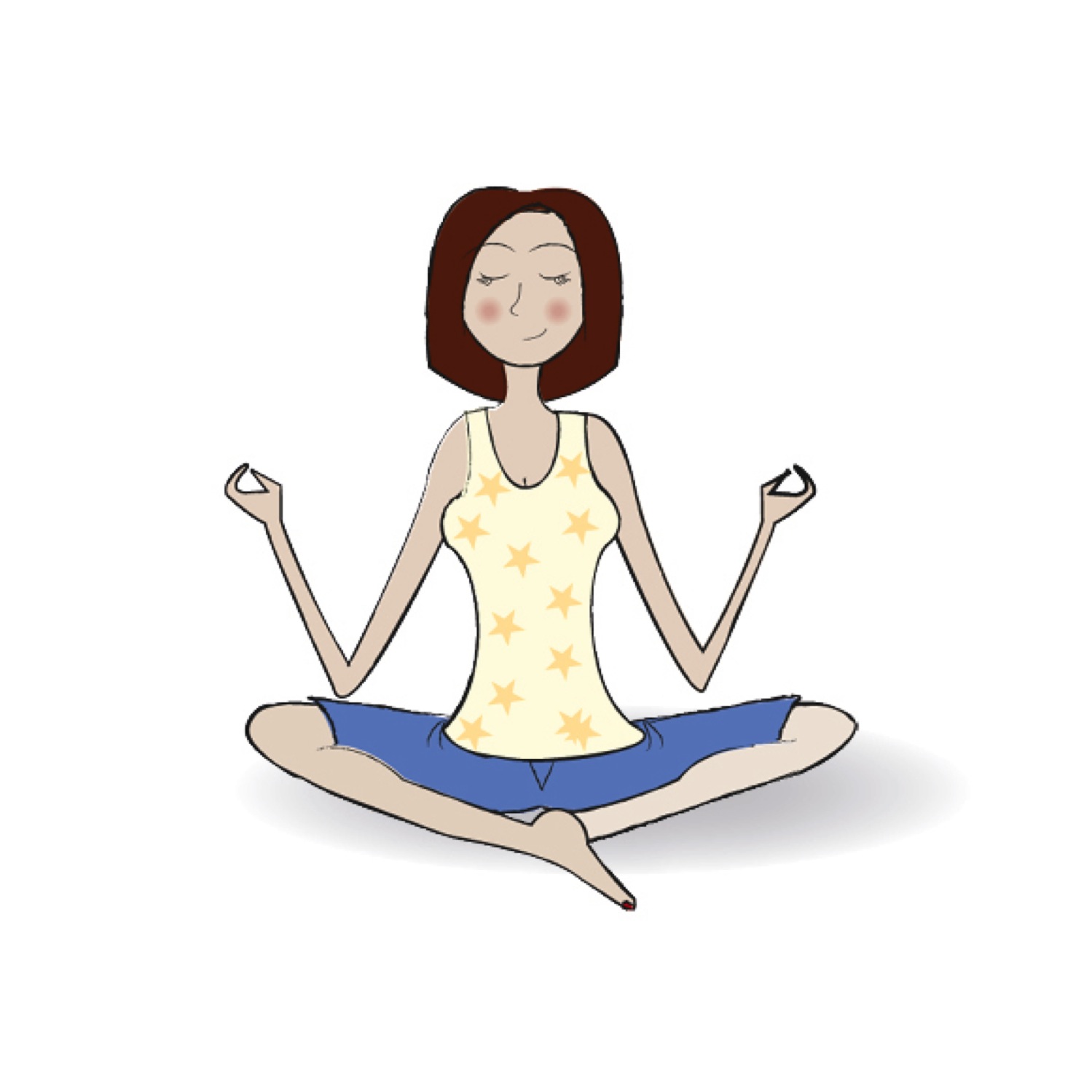
Stress The involvement of stress in the development of acne seems to be linked to the presence of neuroreceptors on the sebaceous gland. Thus, under the effect of stress, these nerve endings release neuropeptides such as substance P which increase the production of sebum.
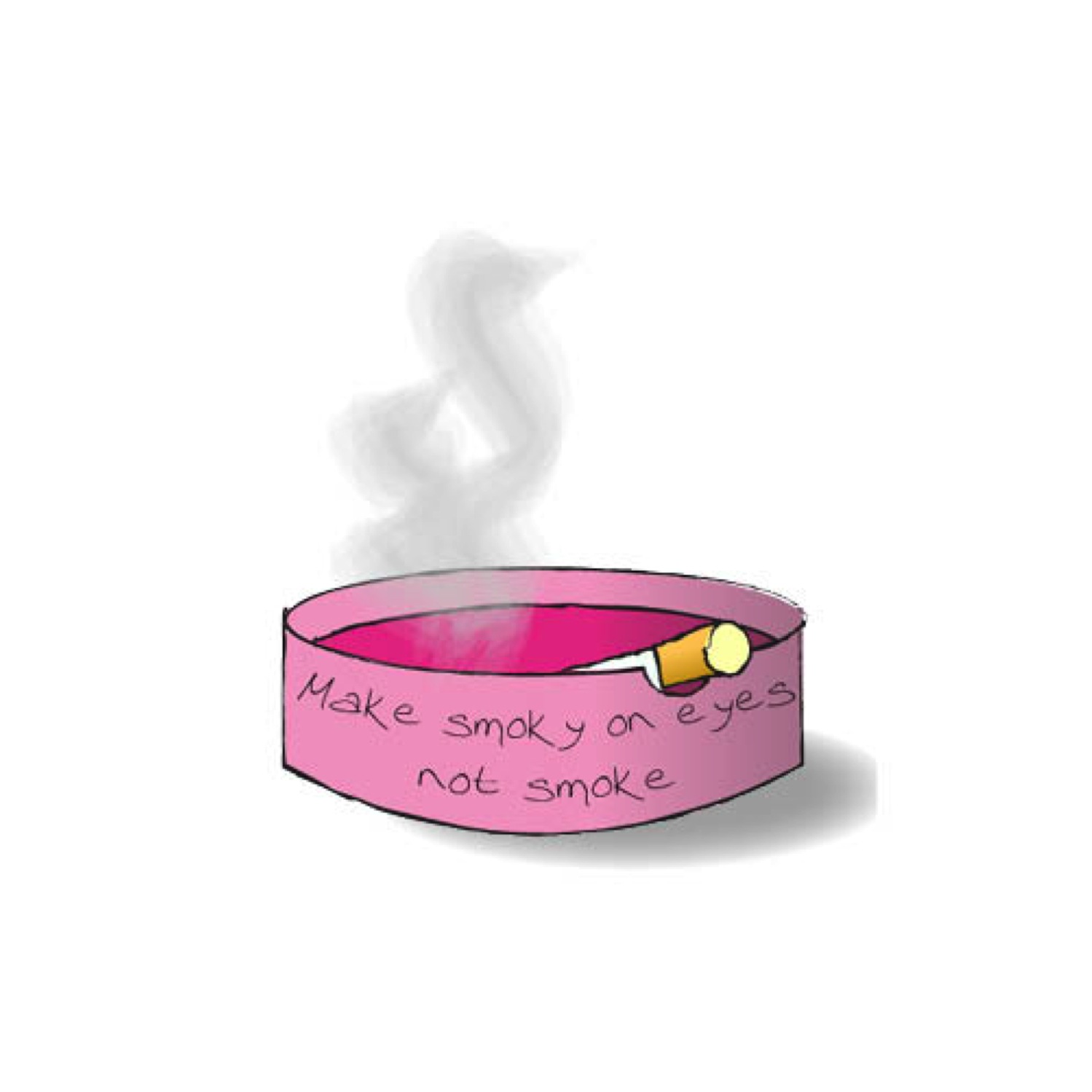
Tobacco Some studies show that tobacco promotes retentional lesions, i.e. dilated pores, blackheads and microcysts. Tobacco, and particularly the nicotine it contains, increases the proliferation of keratinocytes (skin cells). The excretory ducts of the sebaceous glands become "keratinized" and thicken, hindering the flow of sebum and clogging the pores. Open comedones (blackheads) and closed comedones (microcysts) are formed. In addition, smoking slows down the healing process and thus aggravates acne marks and scars.
How to treat teenage acne?
First of all, it is essential to adopt a strict hygiene morning and evening, make-up removal is essential. The skin must be clean and free of all impurities (dead cells, dust, pollution debris and remnants of make-up).
Acne-prone skin is fragile and sometimes irritated by treatments, so cleansing must be done gently. It can be done with a soap-free cleansing product called a syndicate (for synthetic detergent) which will then be rinsed with clear water, or with a water or micellar milk on a soft cotton pad. Before starting, make sure your hands and nails are clean.
Never pierce your pimples, otherwise you'll aggravate your acne and risk leaving ugly marks!
There are local or oral treatmentsThese products are available in pharmacies and act on blackheads, inflammation and hyperseborrhea. It is advisable to consult your dermatologist in order to choose the most suitable care and treatment.




